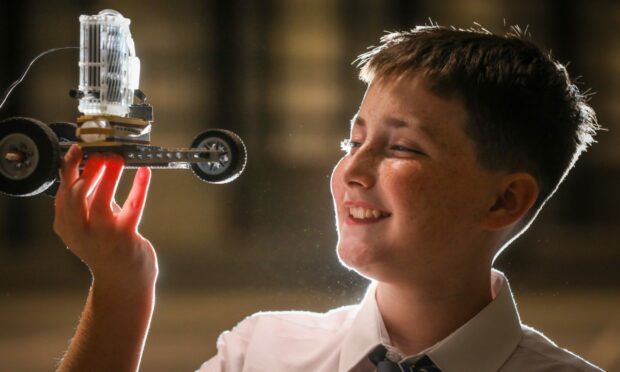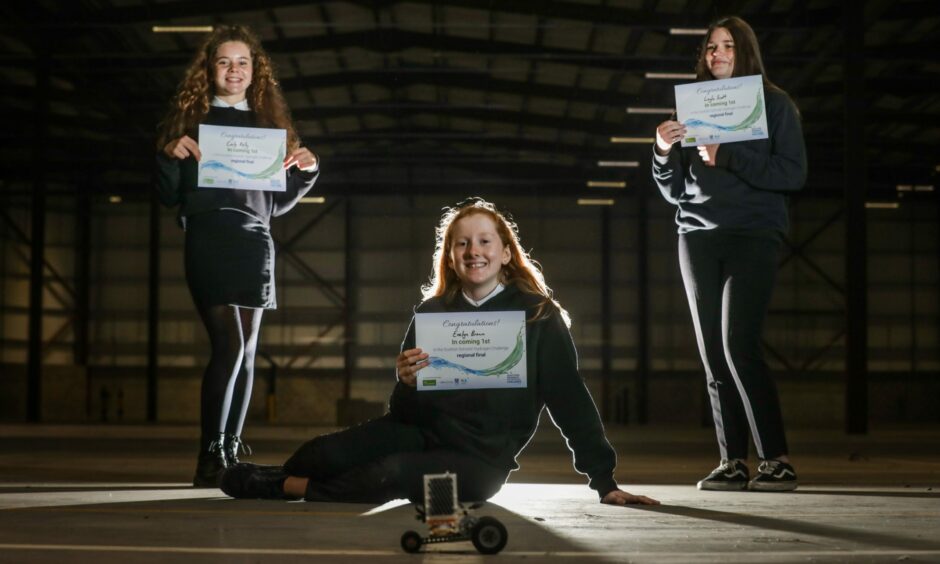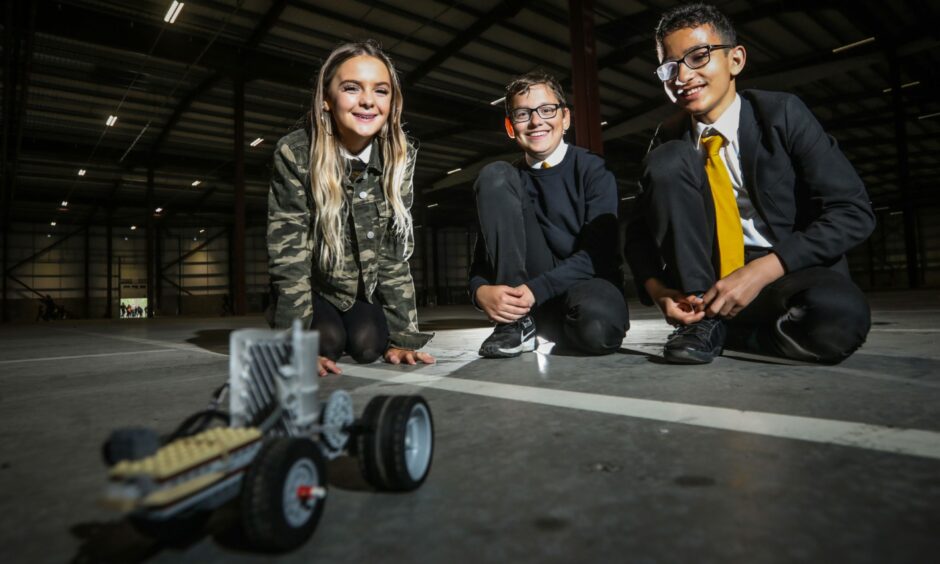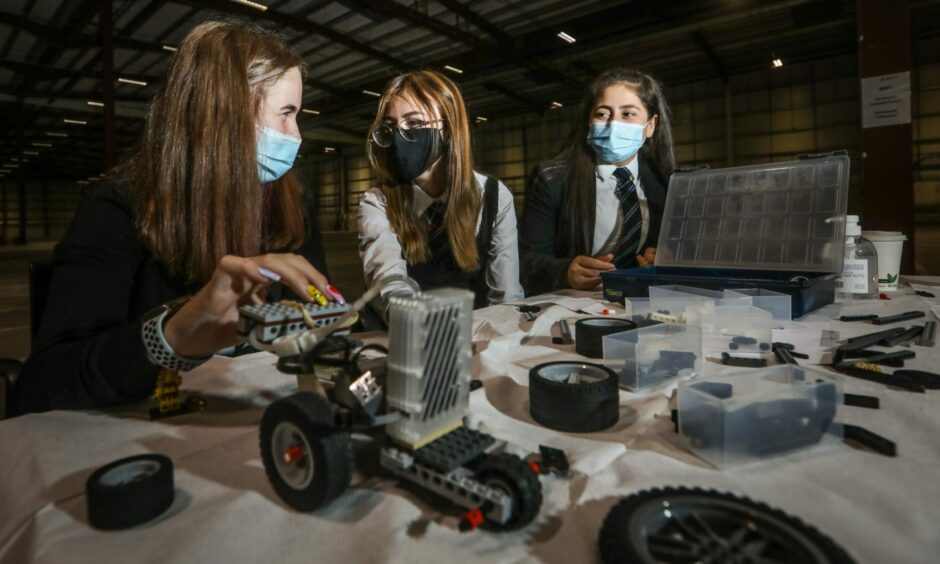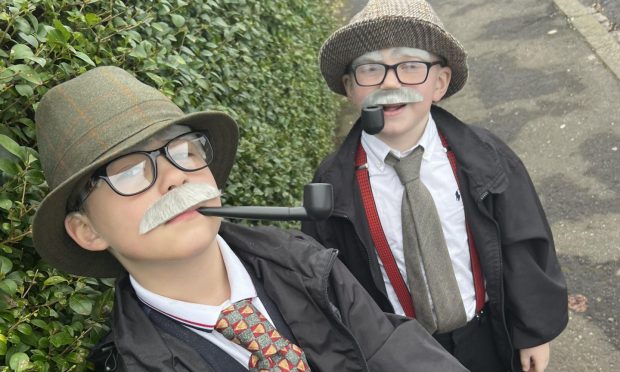The hydrogen-powered cars were small but the impact was big when Dundee schoolchildren built and raced Lego vehicles.
As they put together their green-energy fuelled vehicles, the young competitors may have taken their first steps as the scientists and engineers of tomorrow who will help tackle climate change by decarbonising transport.
The Scottish Schools Hydrogen Challenge is held each year to encourage young people to consider careers in the green energy industry.
And this year’s regional winners for Dundee, Carly Kelly, Layla Scott and Evelyn Brown, will demonstrate the skills they learned in the grand final at COP26 in November.
S2 pupils from nine Dundee schools – Baldragon Academy, Braeview Academy, Craigie High School, Grove Academy, Harris Academy, Morgan Academy, St John’s RC High School, St Paul’s RC Academy and Kingspark School – competed at the Michelin Scotland Innovation Parc.
Before the competition, they attended a series of workshops where they learned about the decarbonisation of transport and how this will help meet Scotland’s climate change targets.
They also learned from engineers about how hydrogen works and got tips on how building their vehicles with maximum efficiency.
On the day they had two hours to create their vehicles using Lego bricks and small hydrogen fuel cells before a race to see which could travel furthest.
The car created by Baldragon Academy pupils Carly, Layla and Evelyn travelled the furthest, earning them a place to compete with other winning teams from across Scotland as world leaders meet at the UN climate change summit in Glasgow.
The experience has made all three girls think of careers in engineering or science.
Evelyn explained how learning about how hydrogen works influenced their design as they built their Lego car and connected its motor to the hydrogen cell.
She said: “Different temperatures and surroundings change how the car works. I think it was the layout of the wheels and the weight being spread about the car that helped to make it go the furthest.
“To start, our car wasn’t doing too well and we needed to change a few things but eventually we got it.
“We are all dead happy and excited to be going to Glasgow for the final.”
As a zero emissions fuel, hydrogen is seen as a long term, sustainable alternative to fossil fuels for sectors which cannot be powered by electricity alone, including large transport vehicles like trucks, trains or buses, and heavy industry.
The Scottish Schools Hydrogen Challenge is being delivered by ScottishPower, Arcola Energy and ITM Power, supported by the Scottish Cities Alliance and the Hydrogen Accelerator.
Barry Carruthers, ScottishPower hydrogen director, said: “It has been absolutely fantastic to see so many students taking part in the Scottish Schools Hydrogen Challenge already and Dundee’s students did not disappoint.
“Every team is given the exact same equipment and it’s amazing to see how many different vehicles are produced at the end of each challenge.
“A key aspect of this challenge is to help educate future talent about how we can decarbonise transport through electrification and green hydrogen and judging by the innovative thinking we saw [in Dundee] I have no doubt we will be seeing some of these faces again helping up to deliver a net zero economy.”
